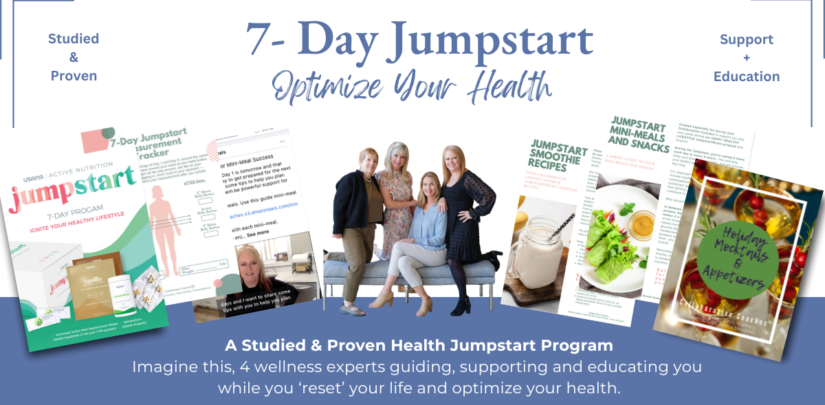Wellness Tips, Healthy Recipes, Inspirations, Lifestyle, Nutrition + More
Getting Back in Shape with Walking

80% of North Americans don’t exercise enough each day, and it’s a growing problem in other continents as well. The recommended amount of exercise is about 20 minutes per day. When you exercise regularly, you may experience these health benefits:
- Helps in weight management
- Promotes better digestion
- Supports cardiovascular health
- Helps the body manage blood sugar levels
- Supports mental health and mood
- Strengthens bones and muscles
- Improves the quality of sleep
- Increases longevity
For all these reasons and more, many of us try to integrate exercise into our daily lifestyle. But it’s not easy to prioritize your health when life becomes hectic. Maybe it was an injury, a job change, a new baby, or something else that forced your workout routine to take a backseat. We’ve all been there. But if you’re reading this article, then you’ve probably been thinking about the best way to start again.
The good news is that there are many ways to get back in shape.
Workout Motivation Tips
Before you start, it’s important to think about why you fell out of the routine in the first place. Was it a lack of motivation ? Were you setting the right goals? These are things you can control, even if your life is busy.
Some people make the mistake of setting the intensity of workouts way too high in the beginning. This can hurt motivation in the long run and make it difficult to maintain consistency. If that sounds like you, consider making your workouts lighter and fun in the beginning. Others might be motivated by more intensity (if it’s applied to the right training techniques) because it may produce results sooner.
Fitness accessories can be a motivating factor also. Rewarding yourself with a new pair of Bluetooth earbuds or gym shoes could make it easier to continue your workout routine when the initial excitement has worn off.
Whatever your needs and goals are, it’s important to design a program that works for you. It’s also a good idea to consult with your primary care physician before starting a new exercise program.
Now let’s take a closer look at getting back in shape with walking.
Walking is real exercise!
Don’t let that anyone convince you otherwise: Walking is real exercise, says The Monday Campaign.
Here’s more from them……
Helps regulate blood sugar.
Walking combats Type 2 diabetes because it helps lower blood sugar levels, thus reducing insulin levels. But timing is everything. Walking for 15 minutes after every meal regulates blood sugar levels just as effectively as one 45-minute walk per day.
Promotes better digestion.
What’s the antidote to lying down after a big meal (one of the worse things you can do for acid reflux and a host of other conditions)? Walk! The activity super-charges your digestion by moving the food faster through your body.
Prevents varicose veins.
Walking helps to drain excess fluid from the lower legs and can help prevent varicose veins through the pumping action of the calf muscles. That increase in oxygen you’re feeling also gets rid of waste products in the tissues.
Lowers blood pressure and cholesterol.
Walking briskly can lower your risk of high blood pressure as well as high cholesterol just as much as running can, according to findings reported by the American Heart Association. In fact, the more walkers walked, the better their health improved.
Gentle on the joints.
Doctors say gentle walking is the best exercise if you’re pregnant, morbidly obese, or suffering from arthritis. Walking may even help ease the pain of chronic illness. For those experiencing these conditions, experts suggest starting with just two to five minutes a day, then adding an extra two minutes every third day.
Mood lifter.
Walking just makes you feel good! That’s because moving your body releases endorphins that dull pain receptors in the brain, sedate you, and can even make you feel happy, if not euphoric. A 2005 study found that walking briskly for 35 minutes five times a week, or 60 minutes three times a week, could significantly impact mild to moderate depression symptoms.
Better night’s rest.
Tossing and turning all night? Take this insider’s tip from travel experts, who suggest walking around a new city on the day you arrive until it’s dark can help recalibrate your supply of melatonin. Essentially, the hormone is needed to synchronize your body clock to your new time zone; the more melatonin in your body, the sleepier you’ll feel at the right time.









